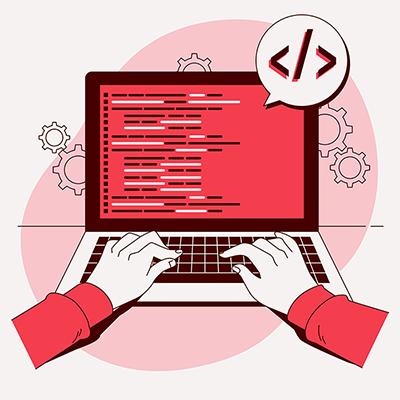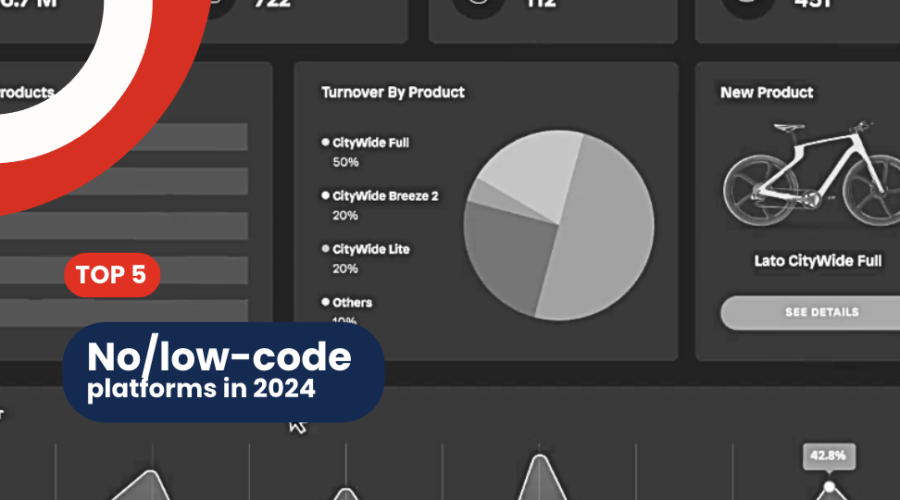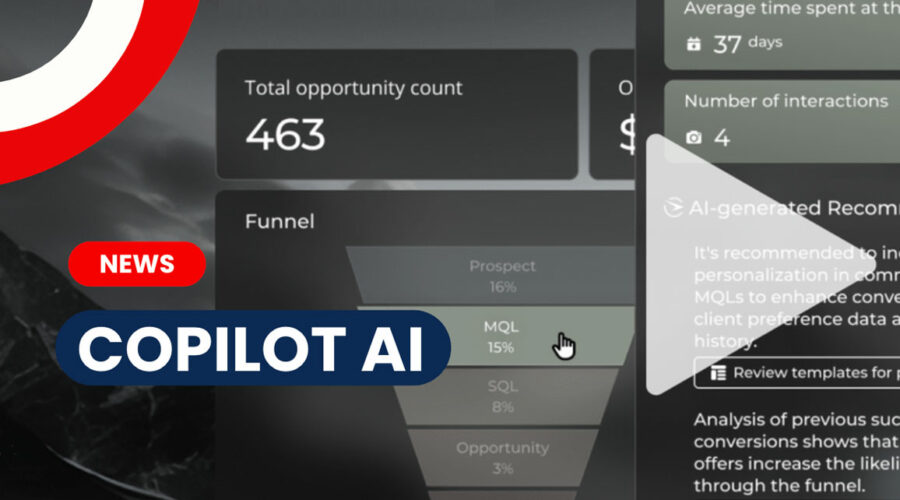Elastyczność i zdolność adaptacji
Platformy no-code umożliwiają firmom szybkie dostosowanie się do zmieniających się wymagań rynkowych bez silnego polegania na tradycyjnych cyklach rozwoju. Dzięki narzędziom no-code użytkownicy mogą łatwo modyfikować aplikacje lub procesy robocze w odpowiedzi na zmieniające się potrzeby, co pozwala na szybkie iteracje i eksperymentowanie.
Przykładem z życia wziętym jest pandemia COVID-19, która zmusiła wiele firm do szybkiego przejścia na działalność online. Wiele z nich wykorzystało narzędzia no-code do opracowania i wdrożenia nowych usług online w rekordowym czasie, co pozwoliło im nadal obsługiwać klientów mimo nagłej zmiany warunków rynkowych.






 14 min
14 min

















